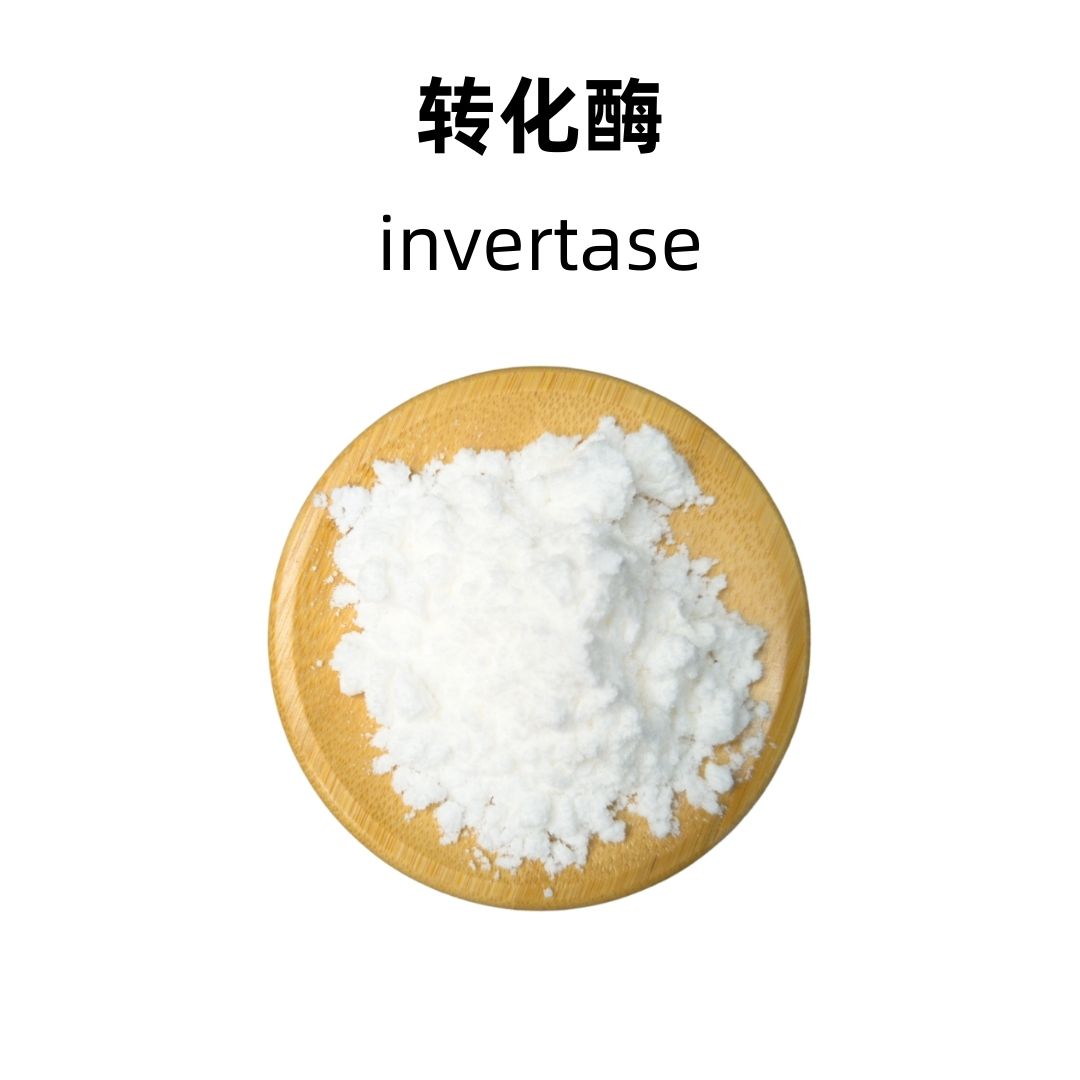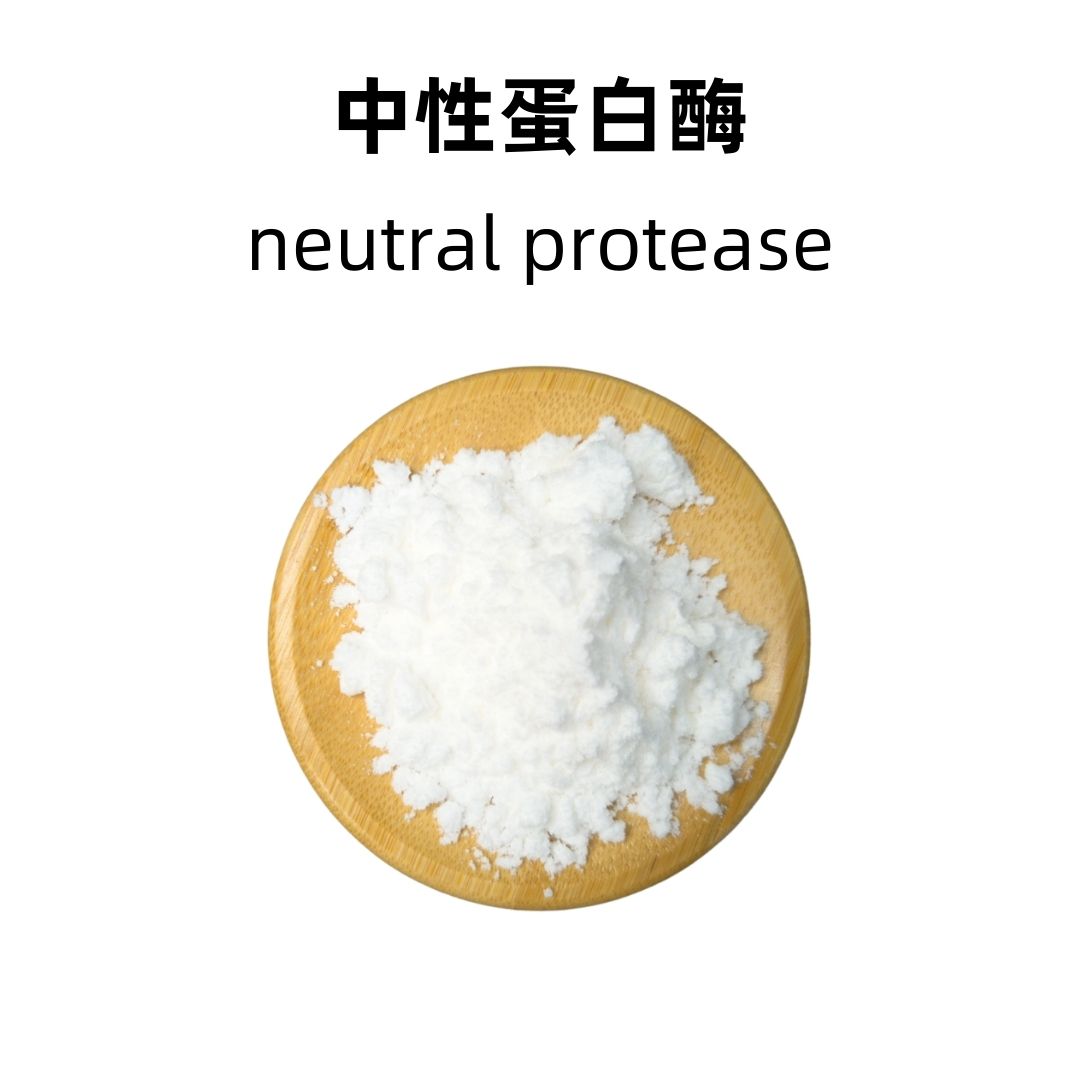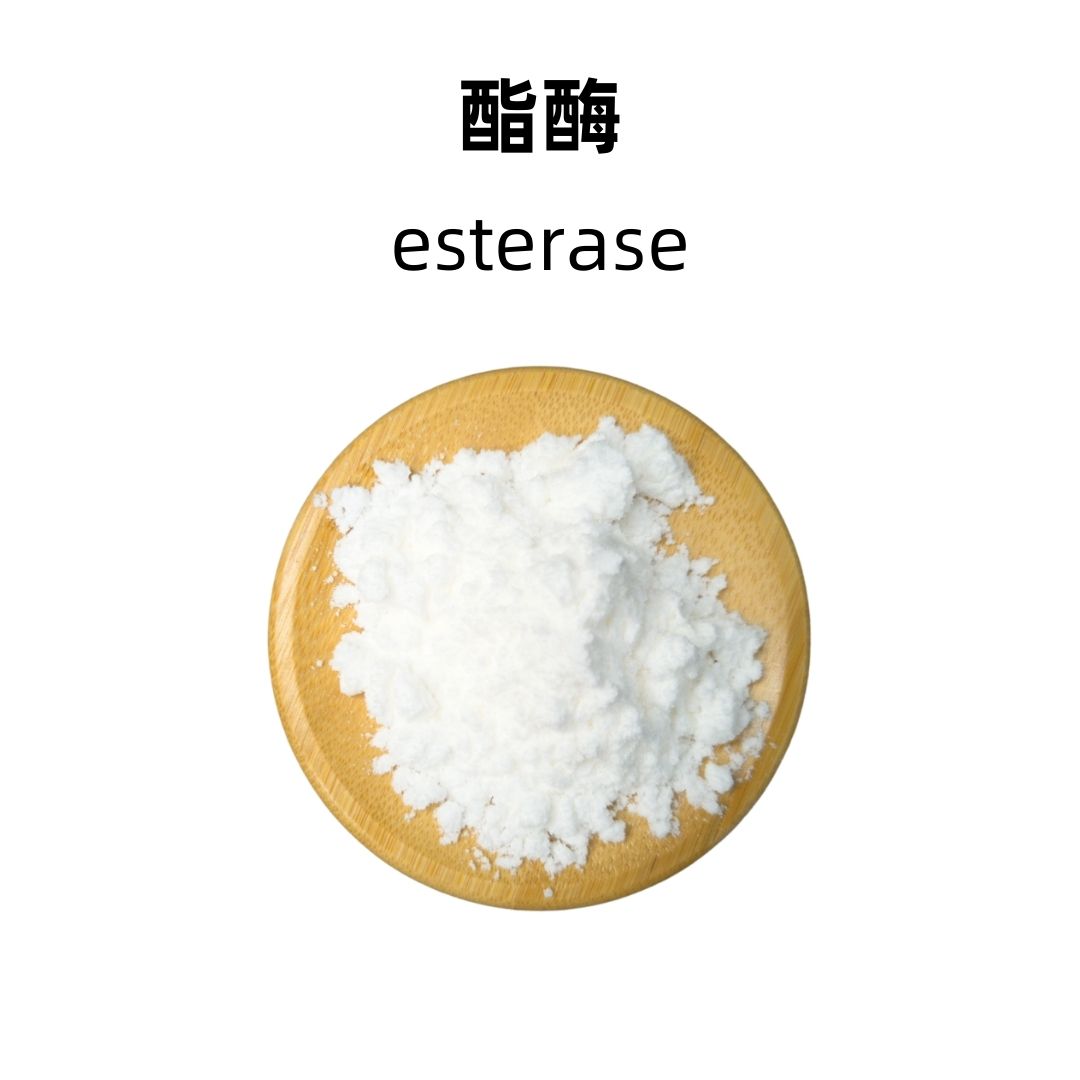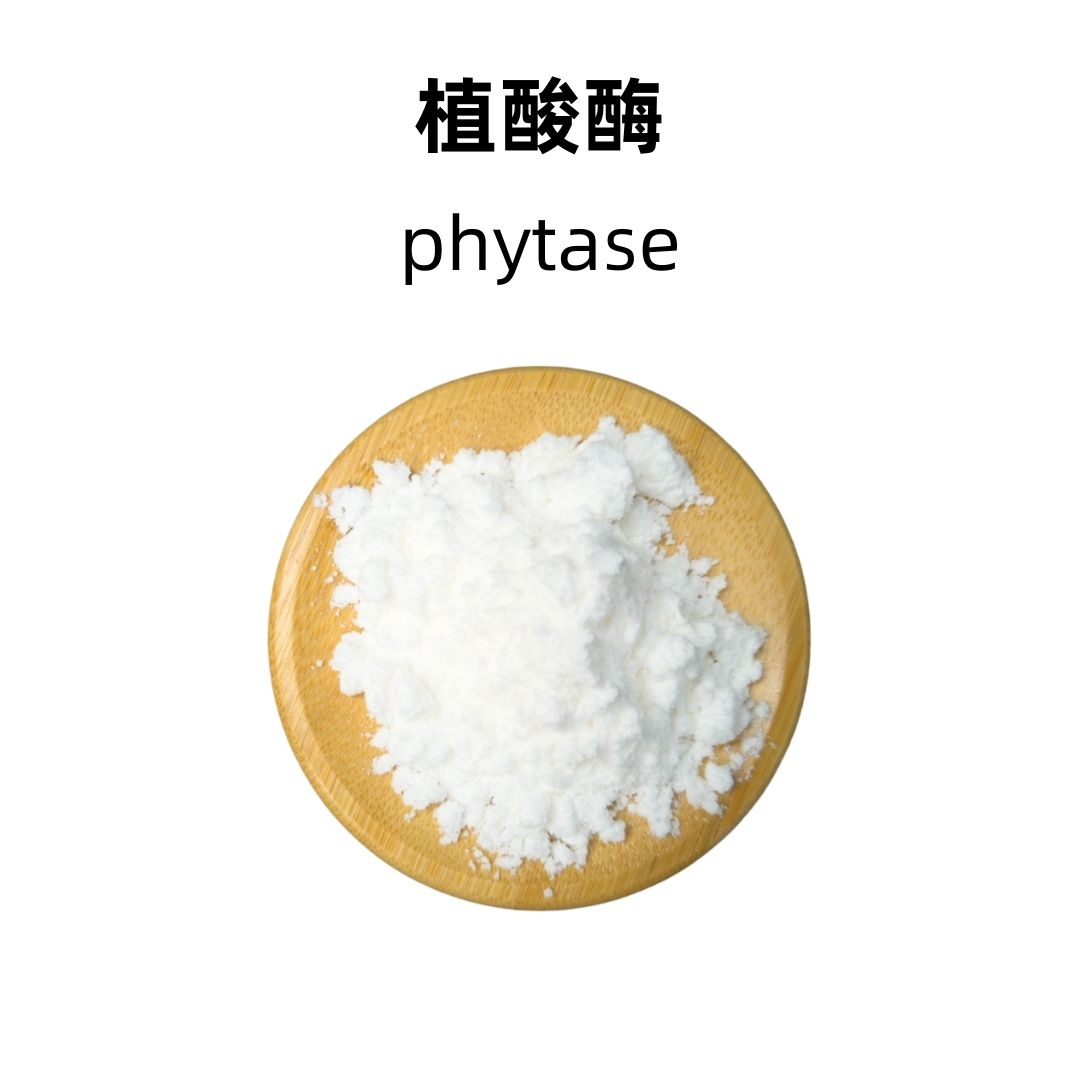Product Introduction
Beta-fructosyltransferase, often referred to as BFT, plays a crucial role in the enzymatic production of fructooligosaccharides (FOS). It is commonly found in various microorganisms and plants and is essential in biotechnological applications. The compound facilitates the transfer of fructose units to glucose molecules, leading to the creation of prebiotic oligosaccharides that have numerous health benefits.
Production Process
The production of beta-fructosyltransferase typically involves the fermentation of substrates by specific strains of microorganisms that produce this enzyme. Under controlled conditions, these microorganisms convert sucrose into fructooligosaccharides. The enzyme is then purified using standard methods like precipitation, chromatography, and filtration to achieve high purity levels suitable for industrial applications.
Effects and Functions
Beta-fructosyltransferase functions primarily by synthesizing fructooligosaccharides, which serve as non-digestible carbohydrates. These oligosaccharides promote beneficial gut bacteria and may enhance digestive health. Additionally, FOS produced by beta-fructosyltransferase can help in increasing mineral absorption, regulating blood sugar levels, and promoting satiety.
Application Scenarios
Beta-fructosyltransferase is widely used in the food and beverage industry, particularly in products designed for gut health. It can be found in dietary supplements and functional foods aimed at improving digestion and boosting gut microbiota. Moreover, the enzyme plays a role in the production of low-calorie sweeteners and contributes to the development of products that cater to specific dietary needs.
Packaging and Storage
Storage Conditions: The product should be sealed, protected from light, kept away from high temperatures, and stored in a dry, cool, and well-ventilated place.
Packaging: Bulk packaging is available in 25 kg fiber drums, while samples can be requested in 1 kg aluminum foil bags. Custom packaging is available upon request.
Shipping Methods: Common shipping methods include FedEx, DHL, dedicated logistics, and sea freight consolidation.
Shelf Life: The effective shelf life is two years, provided that the storage conditions are adhered to.
Monica Sun possesses extensive technical expertise and market insights in the food additives industry. She excels in designing efficient and safe additive formulations tailored to various food applications, ranging from sweeteners to functional dietary fibers. Monica has successfully assisted food manufacturers in optimizing ingredient combinations to enhance product quality and improve consumer satisfaction.

















